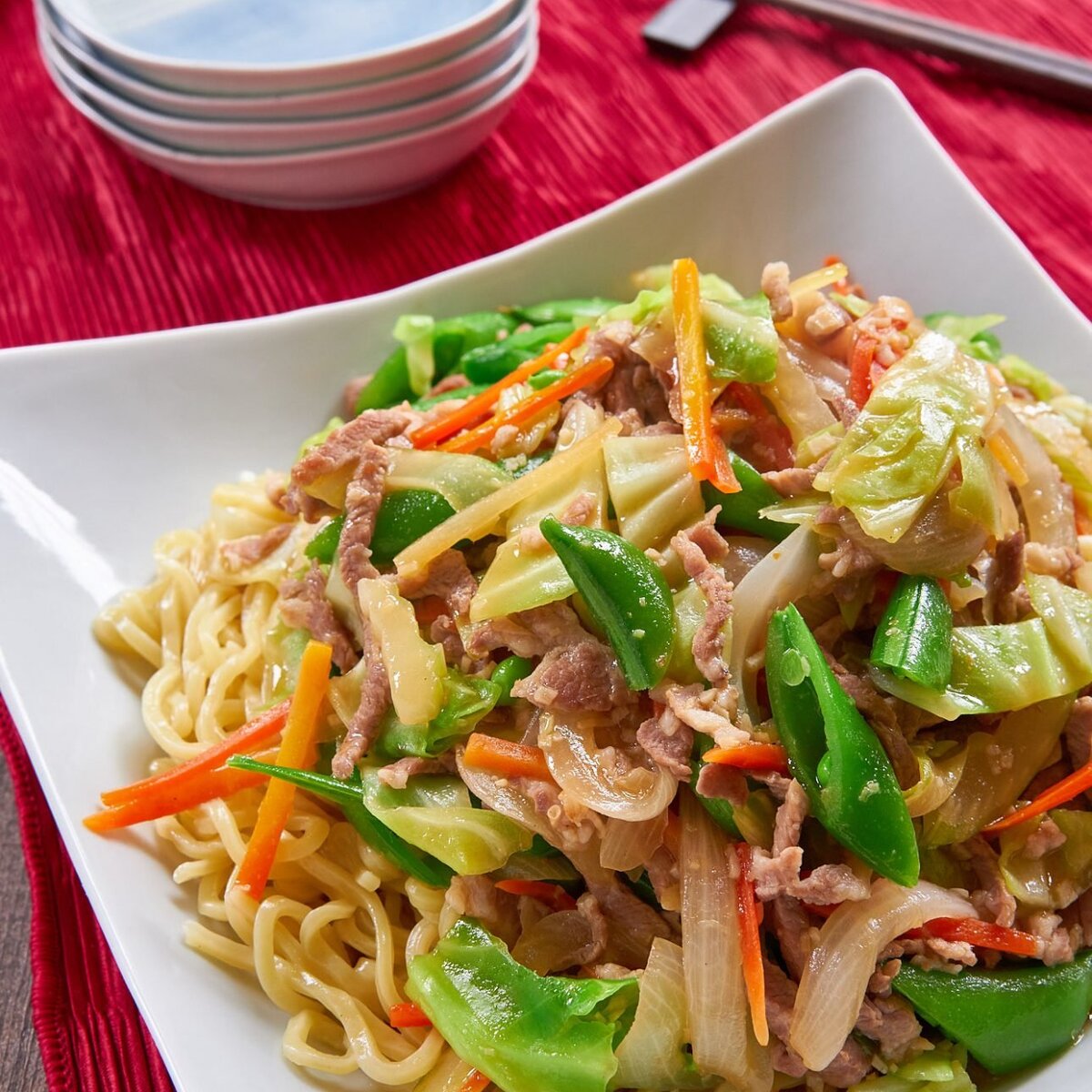CHINESE
Chinese cuisine is an important part of Chinese culture and includes cuisines originating from China. Because of the Chinese diaspora and historical power of the country, Chinese cuisine has influenced many other cuisines in Asia and beyond, with modifications made to cater to local palates. Chinese food staples such as rice, soy sauce, noodles, tea, chili oil, and tofu, and utensils such as chopsticks and the wok, can now be found worldwide. The preferences for seasoning and cooking techniques of Chinese provinces depend on differences in historical background and ethnic groups. Geographic features including mountains, rivers, forests, and deserts also have a strong effect on the local available ingredients, considering that the climate of China varies from tropical in the south to subarctic in the northeast. Imperial royal and noble preference also plays a role in the change of Chinese cuisine. Because of imperial expansion and trading, ingredients and cooking techniques from other cultures have been integrated into Chinese cuisines over time. There are numerous regional, religious, and ethnic styles of Chinese cuisine found within China and abroad. The most praised Four Great Traditions in Chinese cuisine are Chuan, Lu, Yue, and Huaiyang, representing cuisines of West, North, South, and East China, respectively. The modern Eight Cuisines of China are Anhui (徽菜; Huīcài), Guangdong (粤菜; Yuècài), Fujian (闽菜; Mǐncài), Hunan (湘菜; Xiāngcài), Jiangsu (苏菜; Sūcài), Shandong (鲁菜; Lǔcài), Sichuan (川菜; Chuāncài), and Zhejiang (浙菜; Zhècài) cuisines. Color, smell, and taste are the three traditional aspects used to describe Chinese food, as well as the meaning, appearance, and nutrition of the food. Cooking should be appraised with respect to the ingredients used, knifework, cooking time, and seasoning.
CHOP SUEY RECIPE
From food.com
Ingredients
1 cup thinly sliced onion
1 cup sliced mushrooms
3/4 cup bias-sliced celery
1/2 cup sliced water chestnuts
1/2 cup sliced red bell pepper
3/4 cup bean sprouts
2 tablespoons oil
1 cup chicken broth
1 1/2 tablespoons soy sauce
1 1/2 tablespoons cornstarch
1 cup finely sliced Chinese barbecue pork
salt and pepper
jasmine rice
Instructions
Stir fry veggies in the oil in a pre heated wok till tender crisp (about 5-10 min).
Add broth cook till heated through.
Combine soy sauce and cornstarch and add to vegetable mixture.
Cook and stir till thick and bubbly.
Serve over rice or crispy noodles and sprinkle with pork.
 Photo from NoRecipes
Photo from NoRecipesChinese restaurants in the United States began during the California Gold Rush, which brought 20,000–30,000 immigrants across from the Canton (Guangdong) region of China. Along the way, cooks adapted southern Chinese dishes such as chop suey and developed a style of Chinese food not found in China. Chop suey is a dish in American Chinese cuisine and other forms of overseas Chinese cuisine, consisting of meat (often chicken, fish, beef, shrimp, or pork) and eggs, cooked quickly with vegetables such as bean sprouts, cabbage, and celery and bound in a starch-thickened sauce. It is typically served with rice but can become the Chinese-American form of chow mein with the addition of stir-fried noodles.